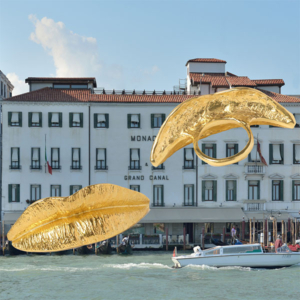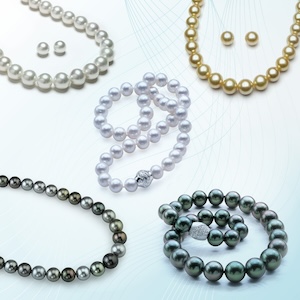
Last week, the U.K.’s Advertising Standards Authority (ASA) reminded a local e-tailer that it had to describe a non-diamond look-alike—in this case, a synthetic moissanite with a diamond coating—as a “simulated diamond” or “simulant.”
I don’t have to tell JCK readers that diamond simulants have a completely different chemical composition than diamonds, whether natural or lab-grown. Most simulants are cubic zirconias or some variation thereof.
The proper way to describe these diamond look-alikes, according to the ASA, is “imitation diamond,” “simulated diamond,” or “diamond simulant.” The Federal Trade Commission advises similarly:
If you sell simulated or imitation diamonds, you should tell consumers that they are not diamonds by describing them as “imitation,” “simulated,” or some other word or phrase of like meaning so as to disclose, immediately preceding the word “diamond” and equally conspicuously, the nature of the product and the fact it is not a laboratory-created or mined diamond.
In my opinion, that doesn’t go far enough.
Here’s the best way to describe a lab-grown moissanite with a diamond coating: a “lab-grown moissanite with a diamond coating.” That’s wording consumers can easily grasp. It’s way more descriptive than “diamond simulant” or a confusing brand name.
Most consumers know what cubic zirconia is. They know what moissanite is. And even if they don’t understand the exact chemistry behind those products, they’ll understand the most important fact: They aren’t diamonds.
Contrary to some assertions, the FTC doesn’t require these stones to be called simulants; it’s perfectly okay to call a stone a “coated lab-grown moissanite” or “modified CZ.” Many companies do! In fact, if you read the FTC’s wording above, it says that sellers must disclose “the nature of the product,” which arguably means the stone’s chemical makeup.
Even so, many companies, particularly online, primarily use the term “simulant” because—well, I can’t think of any legitimate reason to do that.
“Diamond simulant” is too easily confused with “synthetic diamond,” the scientific term for a lab-grown diamond. Certain simulant sellers have long taken advantage of that confusion.
In 2018, the FTC removed “synthetic” from its list of recommended identifiers for lab-grown diamonds, not because it’s inaccurate, but because consumers may confuse it for “fake,” and lab-grown diamonds are actual diamonds. I hope the FTC also removes the word “simulant” from its list of recommended terms for diamond imitations, because (ironically) it’s easily confused with “synthetic.”
Last year, I submitted a Freedom of Information Act request for consumer complaints about the eight jewelry sellers that received FTC warning letters. The below issue comes up quite a bit.
Wrote one complainant:
On their education page [an e-tail site says] they sell simulated diamonds. Synthetic diamonds and simulated diamonds are not the same things. According to several local jewelers, the strict definition of synthetic diamonds is…laboratory-grown diamonds, laboratory-created diamonds, cultured diamonds, or cultivated diamonds. They have the same properties as a real diamond albeit grown by Mother Nature. Simulated diamonds, on the other hand, do not have the same properties and only simulate a diamond’s appearance. These are cubic zirconias and moissanites. Only when the customer clicks on [the site’s] education tab or researches further does it explain the difference.
The way “simulated diamond” and “diamond simulant” are currently being used is confusing, overbroad, and requires a flow chart to understand. The beauty of the terms “lab-grown diamond” or “lab-created gemstone” is that they are easy to grasp: They refer to diamonds, or gems, produced in a lab. They tell consumers exactly what they are buying.
Likewise, everyone who buys a moissanite should understand they have purchased a moissanite, not a “simulant.” The same with cubic zirconia. Other names or descriptors may be allowed, but the most important info—what the customer is getting—should never be omitted; to the contrary, it should be stated clearly and prominently so there will be no misunderstanding.
“Simulated” or “imitation” are perhaps better and more descriptive words than others, but neither tells the full story. “Simulant” is a category. “Cubic zirconia” is what’s for sale.
(Photo: Getty Images)
Follow JCK on Instagram: @jckmagazineFollow JCK on Twitter: @jckmagazine
Follow JCK on Facebook: @jckmagazine






